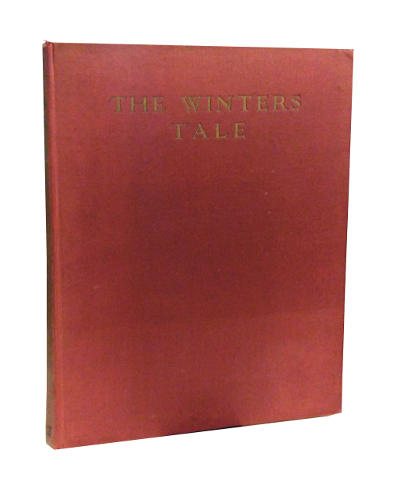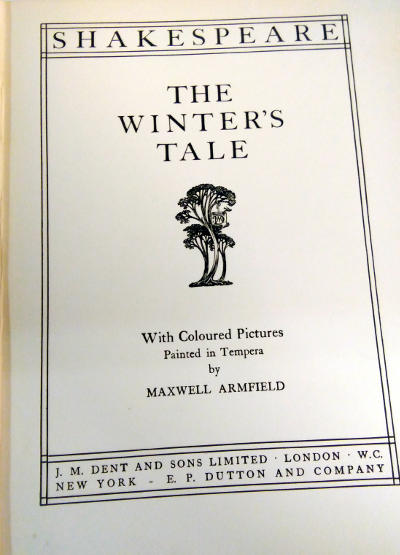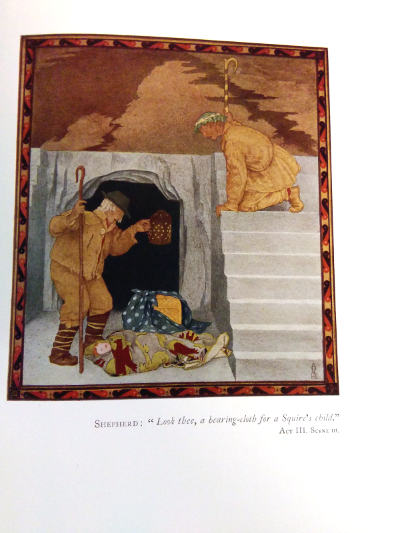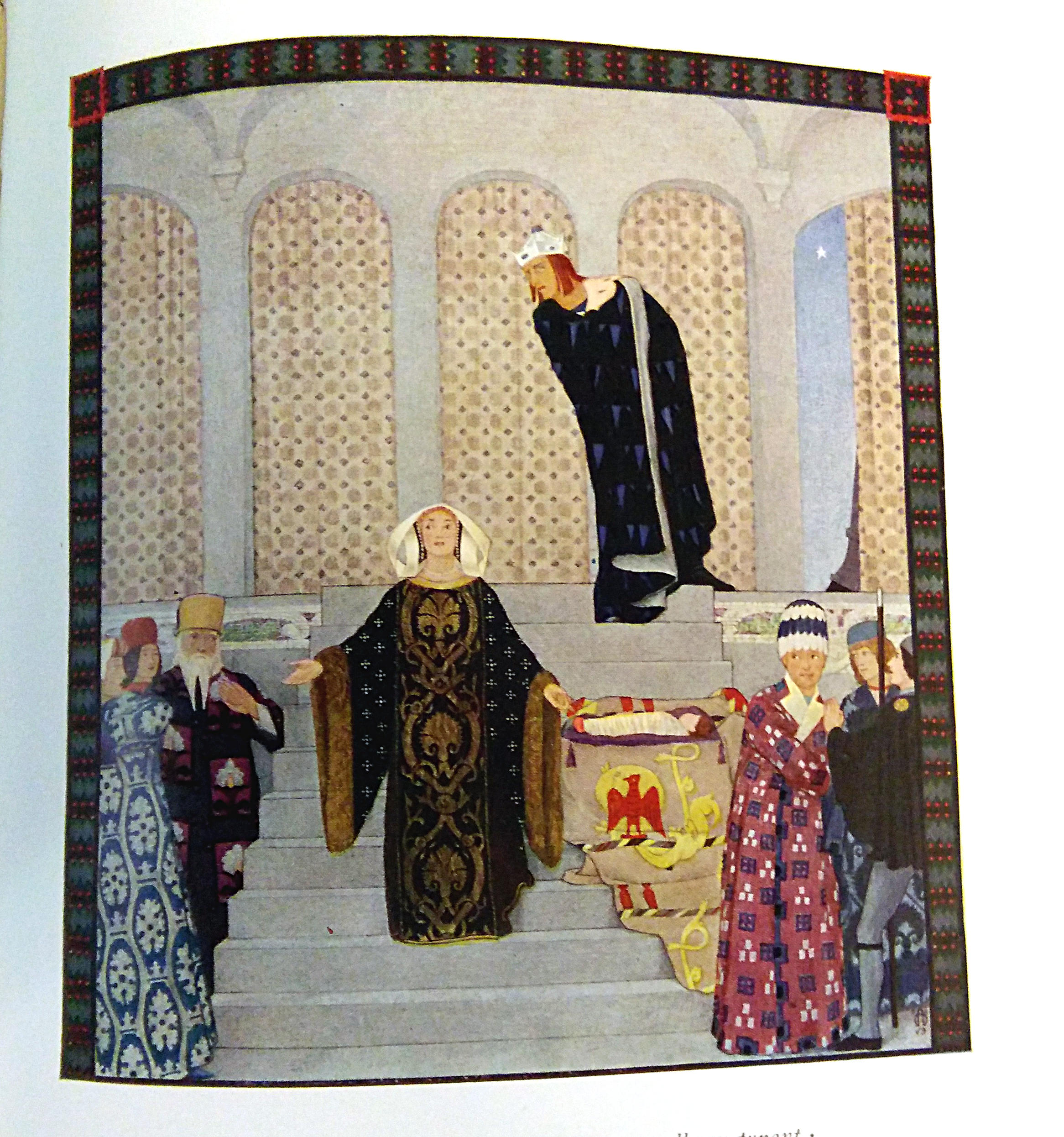About the play (from Wikipedia):
The Winter’s Tale is a play by William Shakespeare originally published in the First Folio of 1623. Although it was grouped among the comedies, many modern editors have relabelled the play as one of Shakespeare’s late romances. Some critics consider it to be one of Shakespeare’s “problem plays” because the first three acts are filled with intense psychological drama, while the last two acts are comedic and supply a happy ending.
The play begins with the appearance of two childhood friends: Leontes, King of Sicilia, and Polixenes, the King of Bohemia. Polixenes is visiting the kingdom of Sicilia, and is enjoying catching up with his old friend. However, after nine months, Polixenes yearns to return to his own kingdom to tend to affairs and see his son. Leontes desperately attempts to get Polixenes to stay longer, but is unsuccessful. Leontes then decides to send his wife, Queen Hermione, to try to convince Polixenes. Hermione agrees and with three short speeches is successful. Leontes is puzzled as to how Hermione convinced Polixenes so easily, and so he begins to suspect that his pregnant wife has been having an affair with Polixenes and that the child is Polixenes’. Leontes orders Camillo, a Sicilian Lord, to poison Polixenes. Camillo instead warns Polixenes and they both flee to Bohemia.
About the illustrator (from Wikipedia):
In 1902, he moved to Paris to study at the Académie de la Grande Chaumière under Gustave Courtois and René Menard, where he became an associate of Gaston Lachaise, Keith Henderson, and Norman Wilkinson. He exhibited at the Paris Salon in 1904, where his painting Faustine was bought by the French State and donated to the Musée du Luxembourg, and is now in the Musée d’Orsay, Paris.
In 1909 he married the author and playwright Constance Smedley who was first cousin of his friend and fellow artist William Smedley-Aston and his wife Irene, and, like many with connections to the Arts and Crafts Movement in Birmingham, settled in the Cotswolds. In 1911, they both appear on the census of that year as resident in Minchinhampton (Gloucestershire). The couple became close collaborators: working together to combine design, illustration, text and theatre. Armfield’s wife also influenced him to become a pacifist and Christian Scientist.
In 1946 Armfield released the book ‘Tempera Painting Today’, published by Pentagon Press LTD.
A detail from Armfield’s painting Self-Portrait (1901; Birmingham Museum and Art Gallery), was used as the cover illustration of the Oxford World’s Classics 2006 edition of The Picture of Dorian Gray.






